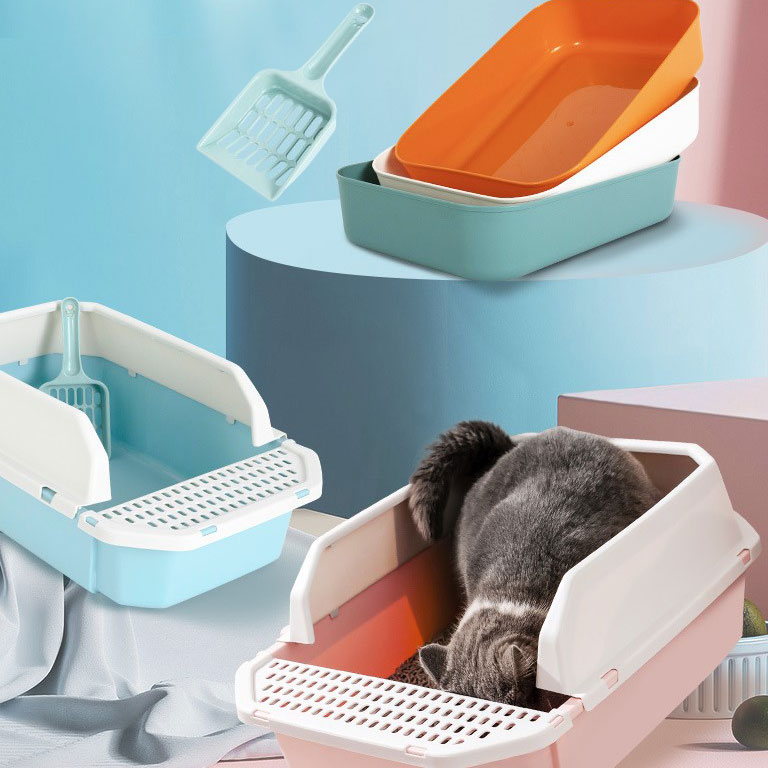Exploring the World of Cat Litter: Types, Pros, and Cons
2024-03-29
Cat owners know that choosing the right litter for their feline friend is crucial for both their cat's comfort and their own sanity. With a plethora of options available on the market, it can be overwhelming to navigate the world of cat litter. In this blog post, we'll delve into the various types of cat litter available for litter boxes, along with their pros and cons, to help you make an informed decision.
1. Clay Litter:
- Pros: Clay litter is one of the most common types available and is known for its excellent clumping ability, making it easy to clean and maintain. It also tends to be affordable and readily accessible.
- Cons: Clay litter can be dusty, which may pose respiratory issues for both cats and their owners. Additionally, some cats may not like the texture of clay litter on their paws.
2. Silica Gel or Crystal Litter:
- Pros: Silica gel litter is highly absorbent and effective at controlling odors. It typically lasts longer than traditional clay litter and produces minimal dust.
- Cons: While silica gel litter is excellent at absorbing moisture, it may not clump as well as clay litter, making it slightly more challenging to clean. It also tends to be more expensive than other options.
3. Natural/Biodegradable Litter (e.g., Pine, Corn, Wheat, Paper):
- Pros: Natural litter options are environmentally friendly and often biodegradable. They are typically free from harsh chemicals and fragrances, making them ideal for sensitive cats.
- Cons: Some natural litters may not clump as effectively as clay litter, leading to more frequent cleaning. Additionally, certain types, such as pine litter, may have a strong odor that some cats find off-putting.
4. Pellet Litter:
- Pros: Pellet litter is made from compressed wood or recycled paper pellets and is known for its superior odor control. It's also less likely to track outside the litter box.
- Cons: Cats may take some time to adjust to the texture of pellet litter, and it may not be as effective at clumping as other options. Additionally, pellet litter can be more expensive than traditional clay litter.
5. Flushable Litter:
- Pros: Flushable litter offers convenience and ease of disposal, as it can be flushed down the toilet in small quantities.
- Cons: Not all flushable litters are suitable for septic systems, so it's essential to check the packaging for compatibility. Additionally, some cats may not like the texture or scent of flushable litter.
6. Scented Litter:
- Pros: Scented litter can help mask odors and keep the litter box area smelling fresh.
- Cons: Some cats may be sensitive to artificial fragrances, leading to litter box aversion. Additionally, scented litter may contain chemicals that could be harmful to cats with respiratory issues.
In conclusion, the type of cat litter you choose ultimately depends on your cat's preferences, your budget, and any specific needs or concerns you may have. Experimenting with different types of litter may be necessary to find the perfect match for you and your feline companion. Regardless of the type you choose, maintaining a clean litter box is essential for your cat's health and well-being.



